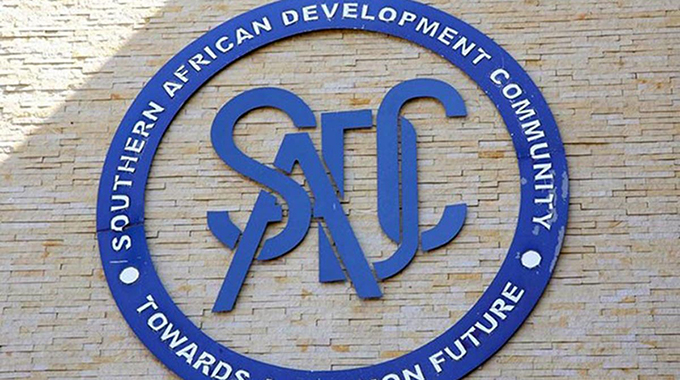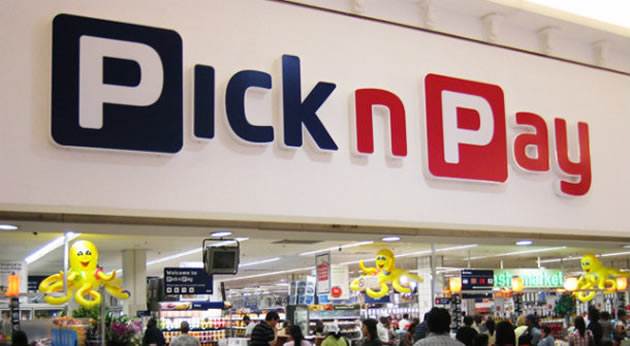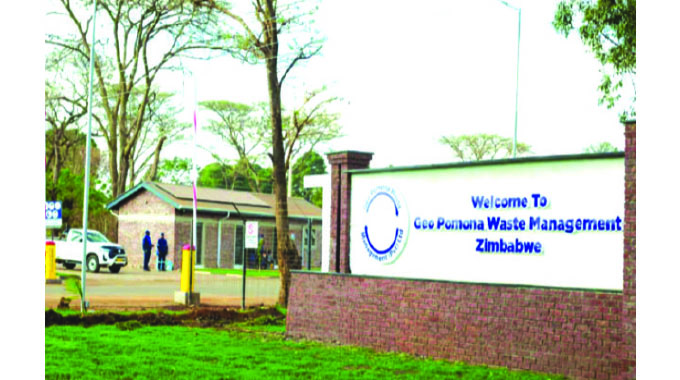SADC pushes forward industrialisation agenda

Ranga Mataire
Group Political Editor
The 42nd SADC Heads of State summit kicks off today in Kinshasa, DRC where regional leaders are scheduled to discuss progress made in the implementation of the region’s Industrialisation Strategy and Roadmap (2015-2063).
Running under the theme “Promoting industrialisation through, agro processing, mineral beneficiation, regional value chains for inclusive and resilient economic growth,” the summit just like the previous ones would be guided by the SADC Vision 2050 and the Regional Indicative Strategic Development Plan (2020-2030) and the Regional Infrastructure Development Master Plan.
Many would recall that it was at the 34th SADC Heads of State summit in Victoria Falls in 2014 that saw Zimbabwe introducing the industrialisation agenda after assuming the chairmanship of the regional body.
Since that Victoria Falls summit, that ran under the theme: “SADC strategy for economic transformation leveraging the region’s diverse resources for sustainable economic and social development through beneficiation and value addition,” regional leaders have not let their eyeballs off the industrialisation agenda.
In other words, the Kinshasa theme resonates well with the industrialisation drive conceived in Victoria Falls particularly its emphasis on beneficiation and value addition. Zimbabwe, like other SADC members, leverages the regional body as its primary policy instrument for achieving regional development and integration within southern Africa.
It is a misnomer that a region endowed with vast natural resources, wildlife and mineral resources has few countries that have facilities for value addition for their natural resources. Regional leaders need to find practical strategies that ensure countries fully benefit from natural resources in respective countries.
SADC’s executive secretary, Mr Elias Magosi, emphasised the imperative of beneficiation in an interview early this year when he said the region has the capacity to fund its own developmental growth and become a dominant force in global affairs if it industrialises and adds value to its vast natural resources.
“The exportation of non-processed minerals should be stopped now. We must make sure that when we export anything related to our minerals it is in finished form because when that happens jobs are created, the economy thrives and money is spent here,” Mr Magosi said setting the tone for the regional body’s Kinshasa summit.
It is not in doubt therefore that the highlight of the summit will be the presentation of progress reports on the implementation of the SADC Industrialisation Strategy and Roadmap (2015-2063). The strategy has all the footprints of Zimbabwe with its foreword written by the late President Mugabe as the SADC chair at the time.
The roadmap is a long term programme aligned to national, regional, continental and international dimensions. It recognises that for trade liberalisation to contribute to sustainable and equitable development, and thus reduce poverty reduction, it must be complemented by the requisite capacities to produce, and to trade effectively and efficiently.
The strategy is anchored on three pillars of industrialisation namely: economic and technological transformation; competitiveness as an active process to move from comparative advantage to competitive advantage; and regional integration and geography as the context for industrial development and economic prosperity.
Member states are expected to receive updates on the progress made in the implementation of the strategic policies and previous summit decisions, since the last one held in August of 2021 held in Lilongwe, Malawi.
Given the frequency of natural disasters in the region, the summit is expected to adopt a Memorandum of Agreement on the establishment and operationalisation of the SADC Humanitarian and Emergency Operations Centre (SHOC) based in Mozambique.
Located in Nacala, Nampula Province in Mozambique, the centre is responsible for the coordination of regional disaster risk preparedness, response and early recovery to support member states affected by disasters. It facilitates the supply chain management of equipment and supplies that SADC responders require during deployment of humanitarian support to member states.
Besides the adoption of the memorandum on the operationalisation of the humanitarian centre, member states are also expected to approve an amendment to a proposal on the development of tourism in the region, as well as an amendment to the Treaty of SADC that enforces recognition of the SADC Parliament as a bona fide regional institution.
Formerly the SADC Parliamentary Forum, the regional parliament was approved at the last summit in Lilongwe in August 2021, bringing on board a missing piece in the regional integration jigsaw conundrum. It is envisaged that the SADC Regional Parliament will ensure broader citizen participation in regional affairs. It will also facilitate extensive debate on regional issues and thus accelerate implementation of SADC protocols that need to be ratified and domesticated into national legislation.
In an endeavour to prevent contradictions, the regional parliament will observe and respect the sovereignty of SADC Member States through consultation and liaising with other SADC institutions and structures such as the Council of Ministers through which its recommendations would be channelled for consideration by the summit.
Also under focus at the summit is on how member states can take full advantage of the African Continental Free Trade Area (AfCFTA) and the Tripartite Free Trade Area (TFTA). Bringing together all 55 African Union member states, the AfCFTA is the largest trade arrangement with a combined market of more than 1 billion people and a combined Gross Domestic Product (GDP) of more than US$3.4 trillion. When fully operational, it will increase African intra-regional trade from the present 10 percent to about 40 percent.
While issues of regional security will come under review, there is no doubt that the main focus of the summit is on economic growth and synchronisation of policies to achieve maximum benefit for citizens. The platform offers an opportunity for strategizing and implementing policies that will give rise to the SADC We Want.
The SADC We Want is a broader aspirational vision, which is part of the SADC Vision 2050 that envisions a peaceful, inclusive, competitive, middle to high income industrialised region, where citizens enjoy sustainable economic wellbeing, justice and freedom.
Judging from the theme, it is clear that there is no room for grandstanding as leaders are prioritising regional integration issues of infrastructure development, industrial development and market integration, social and human capital development including issues to do with environment, climate change, disaster risk management, gender and youth empowerment.









Comments